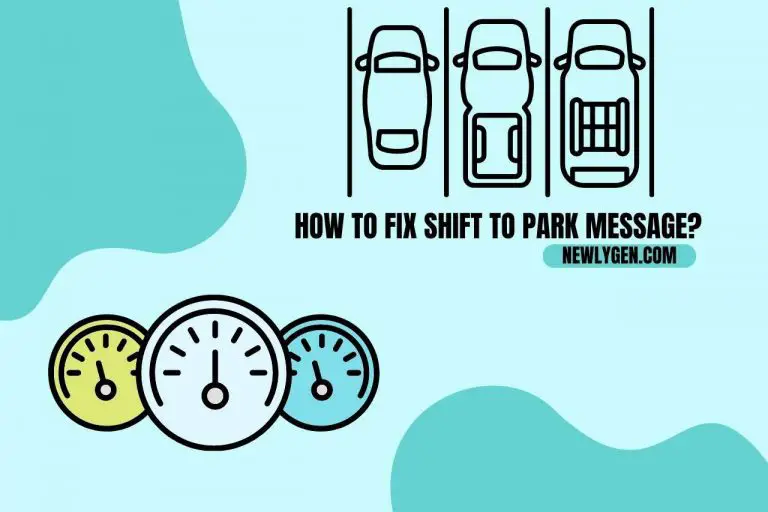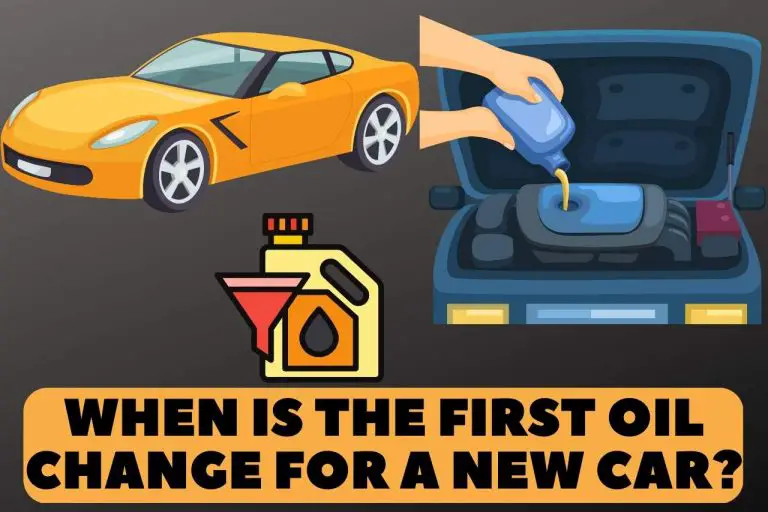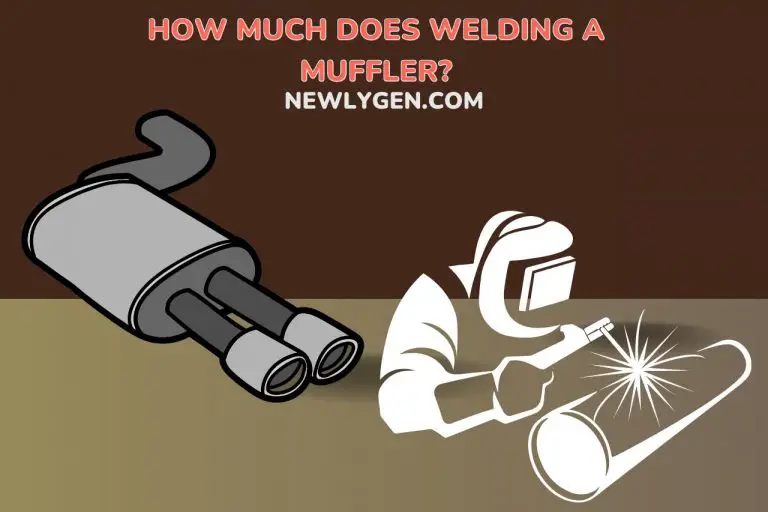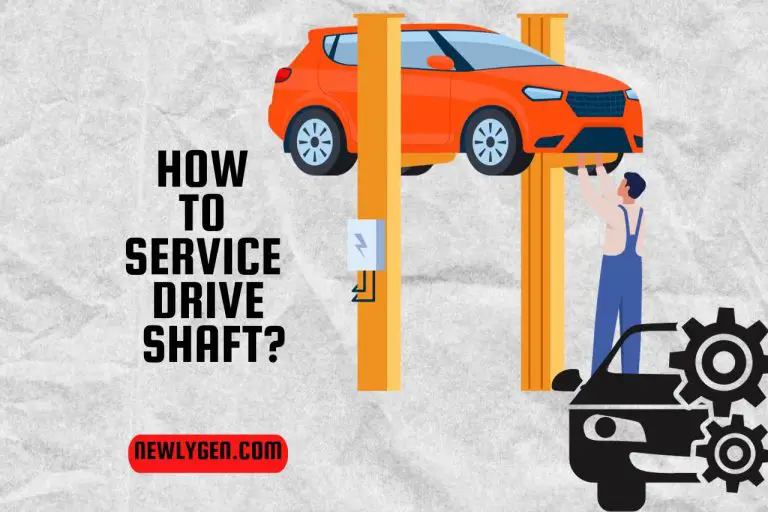How to Fix a Squeaky Driveshaft? Stop the Squeak!
Mastering how to fix a squeaky driveshaft is essential for any vehicle owner looking to ensure smooth and safe driving. Indeed, squeaky sound is a major signal of a hidden driveshaft issue. Thus, it is highly important to identify and resolve the common causes of a squeaky driveshaft, from lubrication techniques to component inspections. We aim to point out the significance of regular maintenance, the impact of driveshaft issues on vehicle performance, and when to seek professional help. Join us as we navigate the intricacies of driveshaft care, equipping you with the knowledge to tackle this common yet often overlooked automotive issue.
Why does My Driveshaft Squeak?
Your driveshaft can squeak when there is a lack of lubrication and wear and tear of components.
Let us explain each cause in detail.
- Inadequate Lubrication: The most common cause of a squeaking driveshaft is insufficient lubrication in the U-joints or CV joints. Lack of grease leads to increased friction and noise.
- Worn U-Joints: Over time, the universal joints can wear out. This wear can manifest as a squeaking noise, especially when the vehicle starts moving or changes speed.
- Damaged CV Joints: In vehicles with CV (constant velocity) joints, a damaged or worn-out joint can produce a squeaking or clicking noise. You will mostly notice this sound when making turns.
- Corrosion or Rust: Accumulation of rust or corrosion on the driveshaft can cause squeaking sounds, too, due to increased friction and reduced smoothness in rotation.
- Loose Components: Any loose parts or bolts in the driveshaft assembly can lead to squeaking sounds as they vibrate or move during vehicle operation.
- Worn Bearings or Bushings: Bearings and bushings that have deteriorated over time can also contribute to the generation of noise from the driveshaft.
How to Fix a Squeaky Driveshaft?
To fix a squeaky driveshaft, the process generally involves lubrication, inspection, and potential replacement of worn components. If you do not have an idea about these repairs and replacements, refer to the following guide.
- Lubricate U-Joints and CV Joints: Start by lubricating the universal joints and, if applicable, the constant velocity joints. Make sure to use a high-quality grease suitable for these components.
- Inspect for Wear and Damage: Next, check the U-joints, CV joints, and bearings for any signs of wear, damage, or excessive play. Pay attention to rust or corrosion, which can also cause squeaking. Use sandpaper and remove the rust.
- Tighten Loose Components: Ensure that all parts, including bolts and fittings, are properly tightened. Loose components can cause noise due to vibrations or movement.
- Replace Worn Parts: If any parts like U-joints, CV joints, or bearings show significant wear or damage, replacement will be the solution. The reason why, worn components often cannot be repaired effectively and need replacement to eliminate the noise.
- Check for Alignment: Ensure that the driveshaft is correctly aligned because misalignment can lead to uneven wear and noise.
- Test Drive: After performing these steps, take the vehicle for a test drive to see if the squeaking has been resolved. If you still hear the noise, visit a professional mechanic for a complete diagnosis, as there might be more complex issues at play.
Addressing a squeaky driveshaft promptly is important, as it can be indicative of underlying issues that may worsen over time. And remember that regular maintenance checks are key in preventing such problems from arising in the first place.
How Often Do you Lubricate a Driveshaft?
You should lubricate a driveshaft typically every 5,000 to 6,000 miles. The ideal frequency can vary based on the vehicle type, driving conditions, and manufacturer guidelines.
If you often drive your car in cities, you have to lubricate the component bi-monthly. But if you are an off-road rider, monthly lubrication is needed.
Regular lubrication of the driveshaft is crucial for maintaining its performance and longevity.
Generally, lubricating the U-joints and, if applicable, the CV joints every 5,000 to 6,000 miles is a good practice.
However, it’s important to refer to your vehicle’s manual for specific recommendations.
Regular lubrication helps prevent wear and tear, reduces the risk of squeaks and other noises, and extends the life of the driveshaft components.
If your vehicle is frequently driven in harsh conditions, such as off-road or in dusty environments, more frequent lubrication may be necessary.
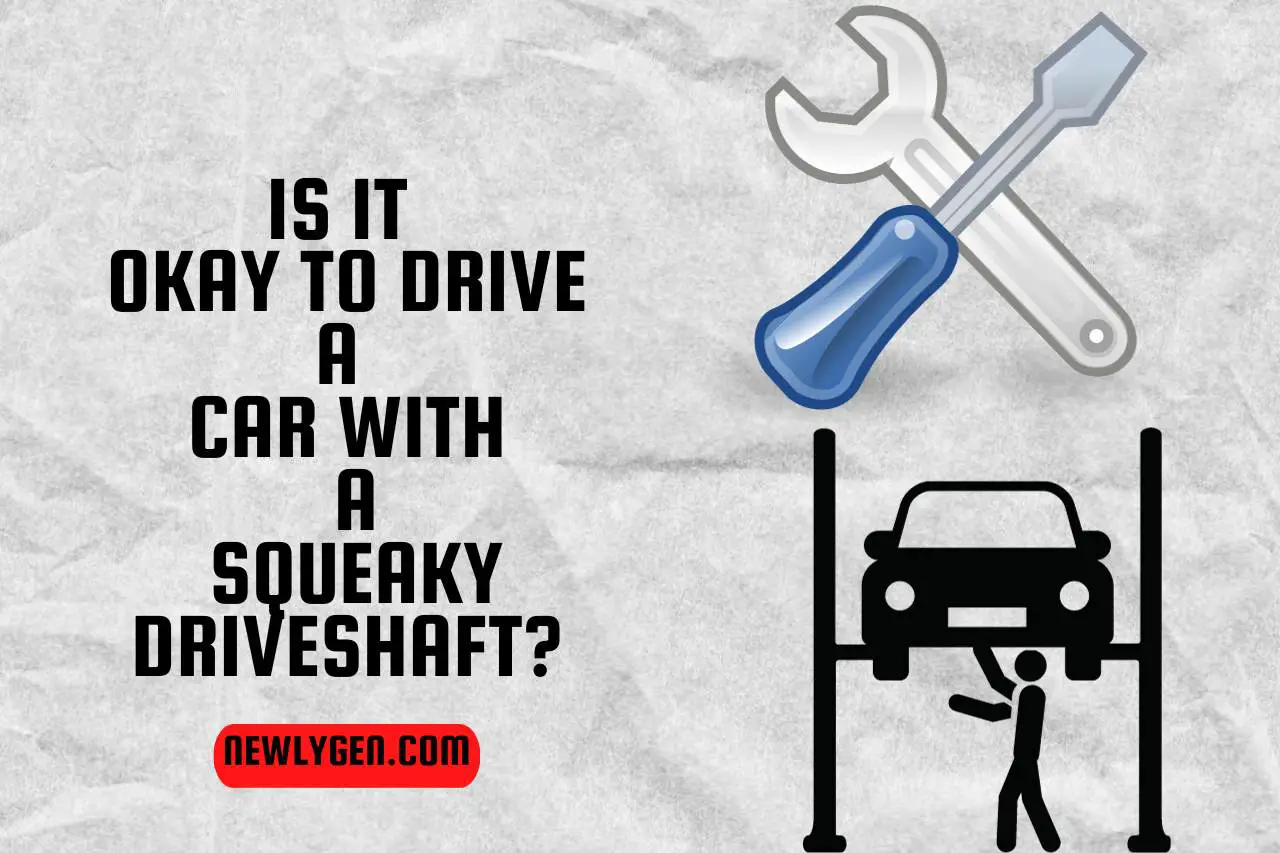


Is It Okay to Drive a Car with a Squeaky Driveshaft?
Driving a car with a squeaky driveshaft can be okay temporarily, but it’s advisable to address the issue promptly to avoid potential risks.
While a squeaky driveshaft might not immediately hinder your car’s ability to operate, it’s a sign of underlying issues, so you should not ignore them.
Squeaks often indicate problems like insufficient lubrication or worn U-joints, which can escalate into more serious complications if left unattended.
If you continue driving in this condition, it can lead to further damage to the drivetrain. Therefore, it’s wise to diagnose and fix the cause of the squeak as soon as possible.
For safety and to ensure the longevity of your vehicle, consult with a professional mechanic if you’re experiencing such issues.
You May Also Like
Does Driveshaft Make a Noise? (Causes & Diagnostics)
Can a Bad Driveshaft Cause Vibration? Automotive Insights!
Can you Weld a Driveshaft? (Techniques & Tips)
How to Diagnose Driveshaft Problems? (Signs & Solutions)
Can you Drive without a Driveshaft? (What You Need to Know)
How to Service Drive Shaft? (Tips & Techniques)
Can a Bad Driveshaft Affect Transmission? Expert Insights Revealed!


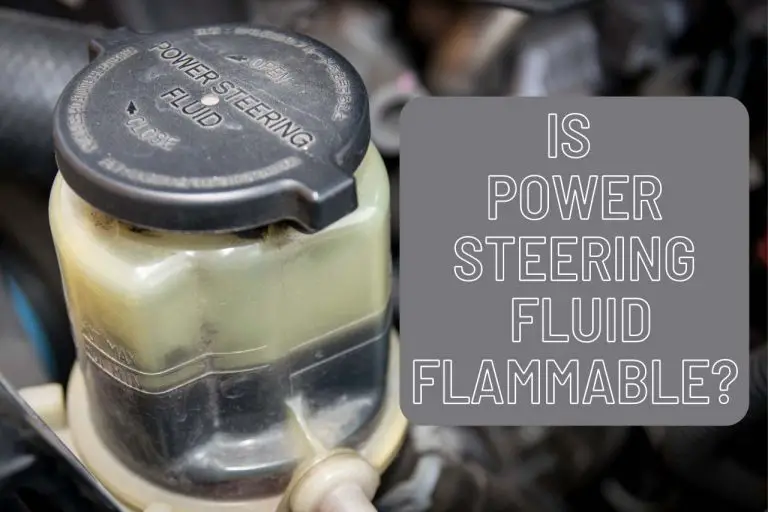
![How Often Should you Check the Fluids in your Car? [Brief Guide]](https://newlygen.com/wp-content/uploads/2023/03/how-often-should-you-check-the-fluids-in-your-car-768x512.jpg)
